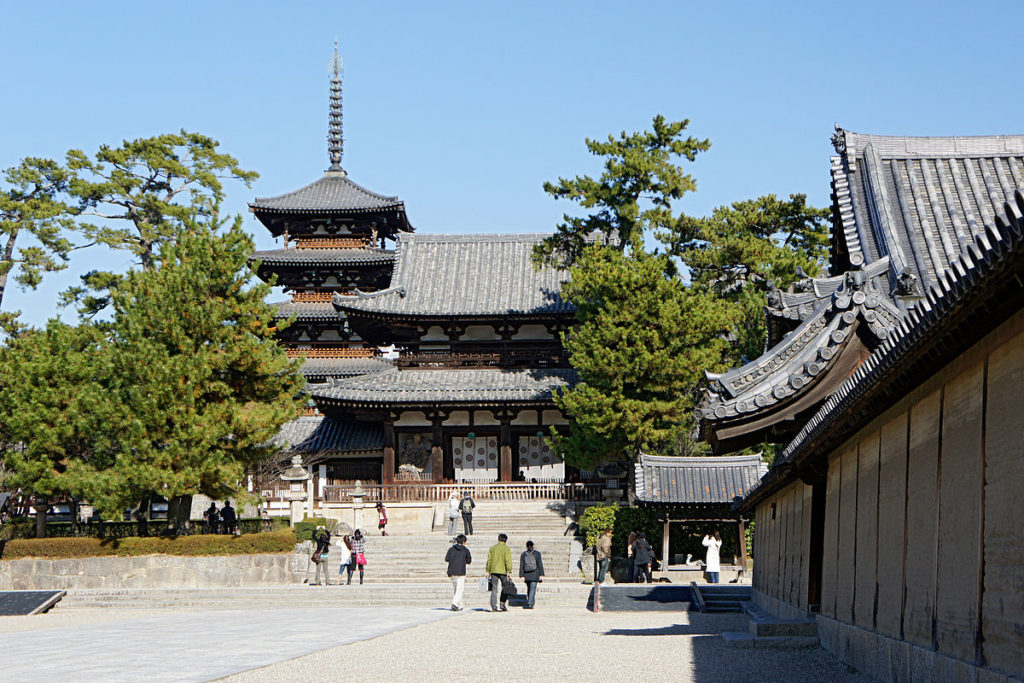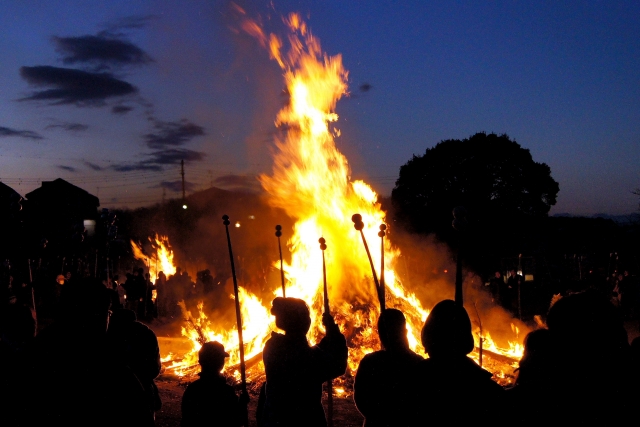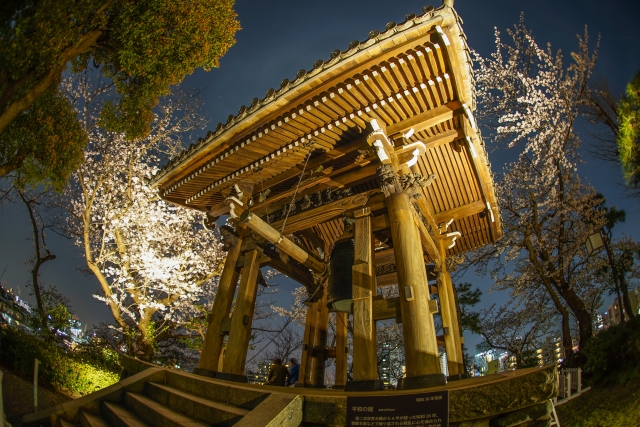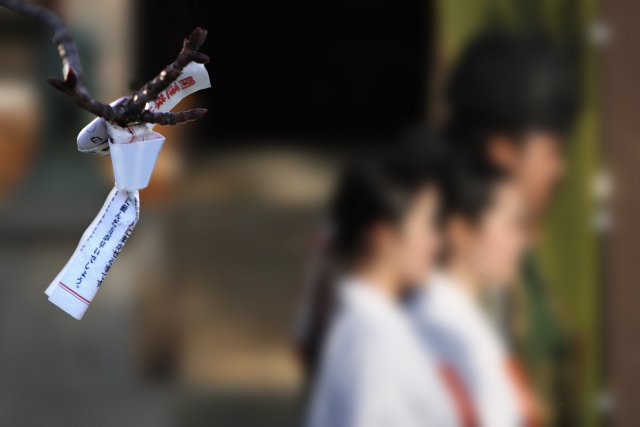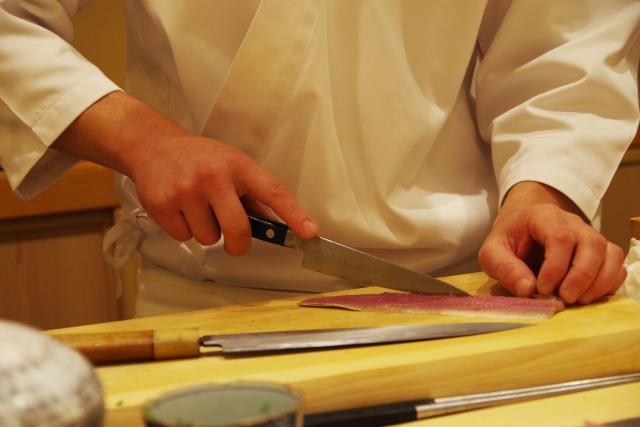
The Jomon period is a division of the world’s history that began about 13,000 years ago and ended about 2,300 years ago. (There are various theories.)
In world history, it corresponds to the Mesolithic or Neolithic period.
Sannai Maruyama Site in Aomori City, Aomori Prefecture, is one of the largest Jomon community sites in Japan, dating back to about 5,900-4,200 years ago.
In this article, we will tell you about Japan’s Jomon culture through the Sannai-Maruyama Site.
Sannai-Maruyama Site
Excavations carried out since 1992 have brought clarity to the natural environment and lifestyle of that time, and have changed the image of Jomon culture in a big way.
Remnants of a large pitched pillar building
Remains of a stilt building believed to have been used as a shrine during the mid-Jomon period (3,000-2,000 BC) have been excavated.
It was built by digging a hole in the ground and erecting pillars, and the hole for the pillars was about 2 meters in diameter, about 2 meters deep, 4.2 meters apart, with chestnut pillars of about 1 meter in diameter inside.
As some of you may have noticed in the previous sentence, the “apart” is not “about 4.2 meters”.
We think they used a rope to measure it, but they used a fairly accurate technique.
Large pit building
The largest one at the Sannai-Maruyama Site, about 32 meters long and 10 meters wide, has been found.
There are theories that it is a community center, a community workshop, and a residence.
To build such a large building, considerable skill is required.
Trade and exchange
Jade, obsidian, and amber have been brought in from distant places.
Obsidian, a sharp, breakable stone much like glass, was used as a blade or as an arrowhead because of its sharpness.
The question We want you to pay attention to is, “Where was it brought from? ”
It has been found that obsidian was transported from regions around the Sea of Japan, including Hokkaido, Akita, Yamagata, Niigata and Nagano prefectures.
The farthest place where obsidian is produced is Nagano Prefecture.
It may have been transported via the Sea of Japan, about 600 km in a straight line. and is presumed to have had boat technology.
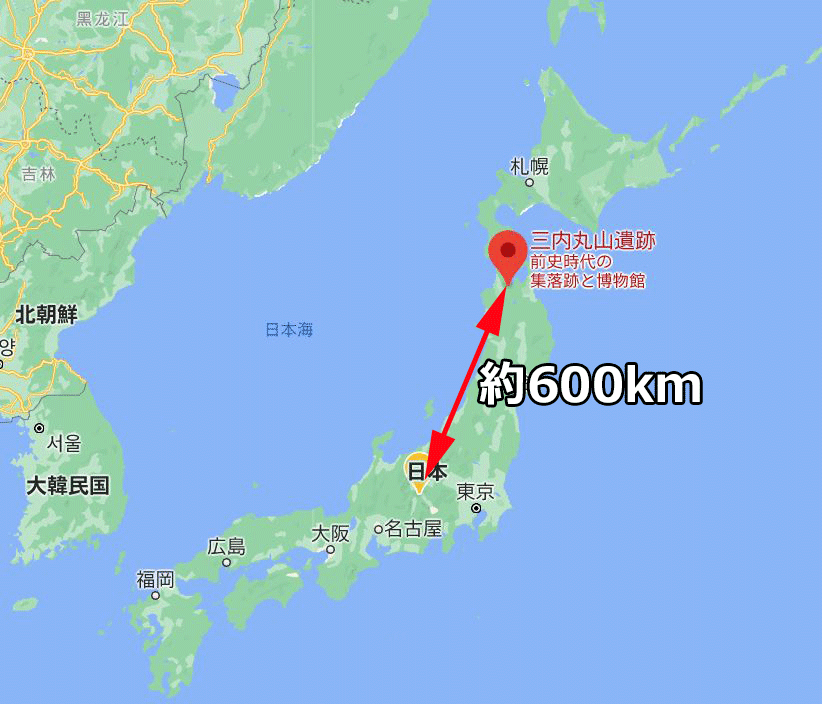
There is evidence of active exchange and trade with other regions.
There was little conflict
There are no signs of moats or walls around the Jomon Sites, which are presumed to have had “no need to protect” them, and they are thought to have traded and interacted peacefully.
It is presumed that there was no need to protect them and that they traded and interacted peacefully.
Jomon Pottery
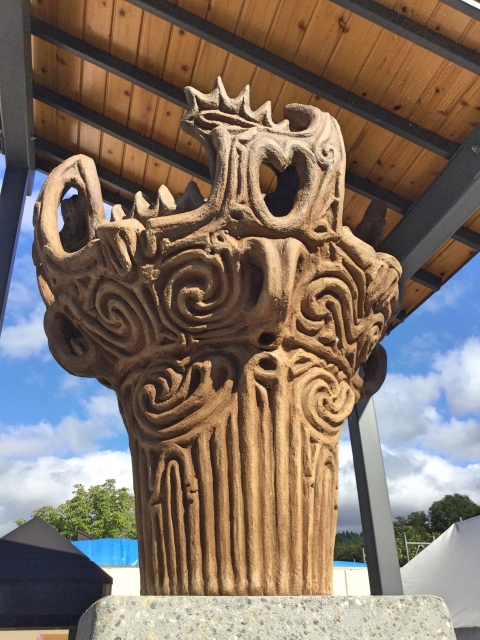
Jomon Pottery refers to earthenware made in the Jomon period throughout the Japanese archipelago, including Hokkaido and the Okinawa Islands.
The pottery pictured in the photo is a “flame-shaped pottery” and is presumed to have been used for rituals.
It is noteworthy that although the designs vary from region to region, they have been found throughout the Japanese archipelago, including Hokkaido to the Okinawa Islands.
- Pottery produced in different places and with different systematics coexists at a single site.
- Pottery from different lineages are used together in a single pottery.
- A type has been moved to a distant Kanto region, which is the origin of the site.
The above findings indicate that there was movement of human groups and contact and negotiation between groups during the Jomon period.
Stone Circle
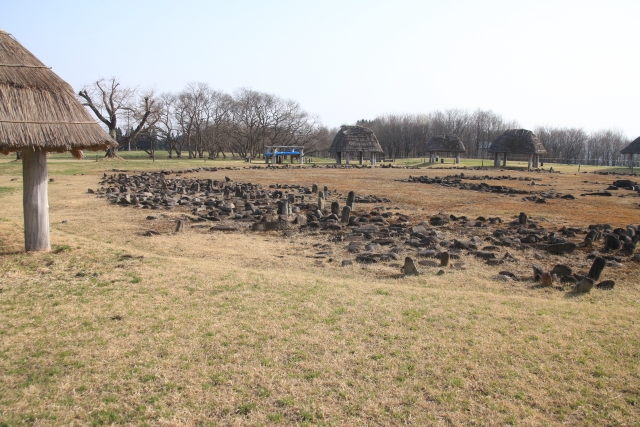
The stone circle in the photo is from the Oyu-Kanjoretsuseki Stone Circle, a large stone arrangement site from the late Jomon Period in Kazuno City, Akita Prefecture.
It is thought to have already possessed the technology of a “calendar” because it shows the exact direction of the sun’s setting on the summer solstice, and some of the stones are shaped like a sundial.
Calendars are essential for trade and exchanges to make promises such as “When will you be here next?” and “When will I be there?”.
Although our ancestors of the Jomon period are taught to be primitive people, we can see that they lived in conversation and coexistence and co-prosperity with nature, and that they had advanced technology in their lives.
We think it is interesting to look at archaeological sites around Japan from this perspective.
What were our predecessors of the Jomon period like? We hope you will be interested in the distant past and imagine.
Sannai-Maruyama Site MAP



